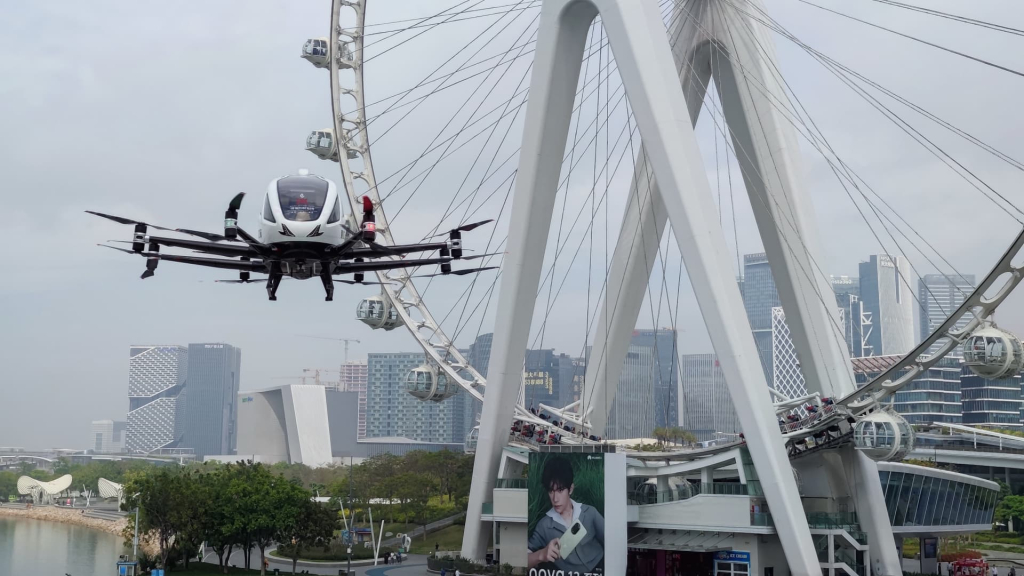The eVTOL model, which accommodates two passengers and operates using electric power, is designed for efficient vertical takeoff and landing akin to traditional helicopters. Analysts from Bank of America predict that Ehang will maintain a commanding market share in China from 2025 to 2027, attributing this to the stringent airworthiness regulations enforced by the Civil Aviation Administration of China, which pose substantial barriers to market entry for competitors. On May 14, the bank initiated coverage of Ehang’s stock with a “buy” rating, foreseeing a price increase to $26—a rise of 36% from recent closing figures. The stock has already appreciated by over 20% in 2023.
The analysts also highlighted that Ehang stands to gain from supportive national policies and an expedited delivery process to tourism clients. According to a recent report by U.S.-based SMG Consulting, Ehang has been identified as the leading global contender poised to reach an annual production rate of 1,000 units due to its successful certification and growing market acceptance. In contrast, U.S. rival Joby Aviation has seen a 9% drop in share value this year, landing in fourth place, while Archer Aviation, with a 36% increase in shares, has secured fifth position. Archer Aviation recently announced its role as the official air taxi service provider for the upcoming 2028 Olympic Games in Los Angeles.
On the regulatory front, the U.S. Federal Aviation Administration is crafting certification guidelines to allow companies to operate passenger-carrying flights, focusing initially on piloted models. Meanwhile, China has accelerated its initiatives over the past two years to foster what it terms the “low-altitude economy.” As of April 2025, about 300 local governments in China have unveiled plans that include infrastructure investments and subsidies for eVTOL operations, as reported by Bank of America analysts.
Ehang’s 216-S model, which is certified for passenger use, is priced at approximately 2.39 million yuan ($330,000) in China, whereas its international price stands at around $410,000. For comparison, the larger four-seat Joby S4 is marketed at $1.3 million. Analysts noted that the central government views the low-altitude economy’s evolution as a strategic priority for China’s economic future. In this context, policies are also supporting the use of drones for delivering goods and services to remote tourist locations, a trend that gained traction during the recent Labor Day holiday.
Looking ahead, Ehang is expected to see considerable demand for its aircraft, with projections suggesting that each tourist destination may purchase five to ten eVTOLs, which translates to a potential market of 80,000 units within China. In the short term, analysts estimate that Ehang will deliver 442 units this year, increasing to 813 the following year, leading to anticipated revenue growth of 103% and 82% for 2025 and 2026, respectively.
Further down the line, the urban air taxi sector presents a potential avenue for expansion. While tourism is set to drive immediate demand, analysts forecast that air taxis will become a more prominent part of the market by 2035. Current trends in the taxi and ride-hailing service sectors suggest that there could be a demand for as many as 200,000 eVTOL air taxis in the future. Should annual revenues per air taxi reach RMB 1.5 million by 2035, this could yield profitability and generate additional revenue streams for Ehang over time.
Nonetheless, analysts at Bank of America warn that any incidents resulting in accidents or injuries could tarnish Ehang’s reputation and lead to legal challenges. Such events could also impede the broader adoption of eVTOL technology, they cautioned. — Finance Newso’s Michael Bloom contributed to this report.


























